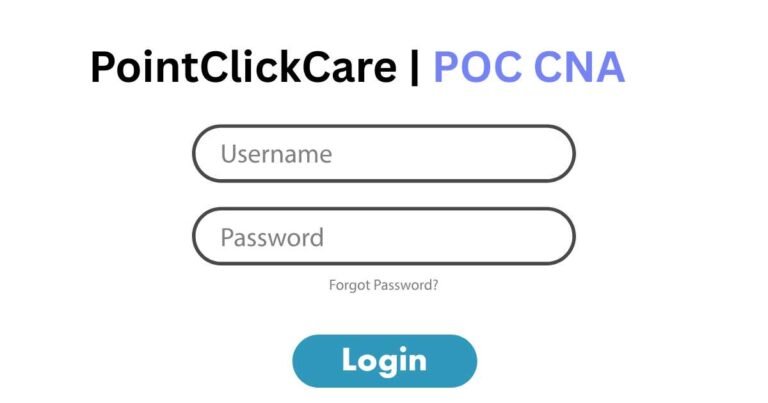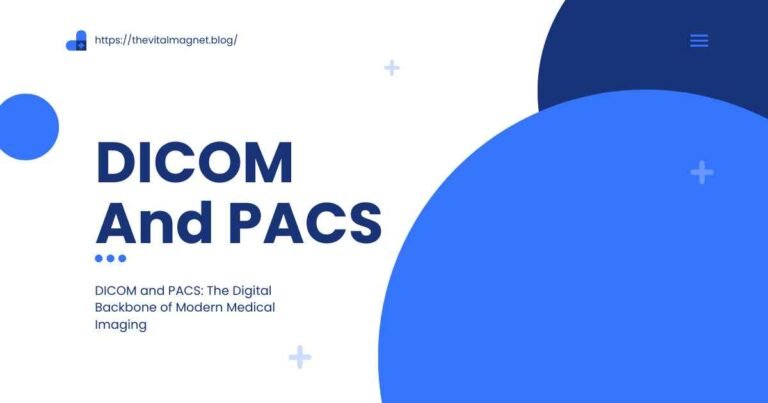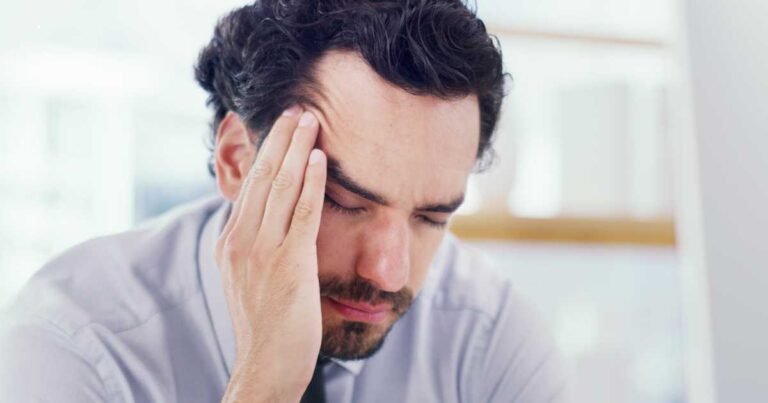Urge to Pee After Urinating? Causes and Fixes Explained

Introduction
Ever finished using the bathroom, only to feel like you have to go again? That lingering urge to pee after urinating isn’t just frustrating—it can be disruptive and concerning. While occasional discomfort might not be serious, persistent or frequent sensations often signal an underlying issue.
This guide breaks down the real causes behind this nagging urge and shares practical, doctor-backed solutions that actually work. From common infections to overactive bladder and pelvic dysfunction, we’ll uncover the reasons and explain what you can do about it—step-by-step.
By the end, you’ll have clarity, confidence, and a clear action plan to address this uncomfortable sensation and take control of your urinary health once and for all.
What’s Behind the Constant Urge to Urinate?
Urinary Tract Infections (UTIs)
One of the most common causes, especially in women, UTIs inflame the bladder and urethra lining. Even after urinating, the irritation can trigger signals that trick your brain into thinking you still need to go.
Other symptoms may include:
- Burning or stinging during urination
- Frequent bathroom visits with little output
- Cloudy or foul-smelling urine
- Pressure or pain in the lower abdomen
Fix: UTIs are typically treated with antibiotics. Drinking water, avoiding irritants like caffeine, and peeing after sex can also help prevent future infections.
Overactive Bladder (OAB)
OAB is a condition where bladder muscles contract unexpectedly—even if there’s little or no urine left. This leads to sudden urges, including right after you’ve peed.
Causes may include:
- Nerve dysfunction
- Age-related changes
- Diabetes
- Hormonal shifts
Fix: Bladder training, pelvic floor exercises, and prescription meds (like oxybutynin or mirabegron) are effective for managing OAB symptoms long-term.
Real Example: “It Felt Like I Never Finished”
Anna, a 32-year-old graphic designer, said:
“Every time I went to the bathroom, I felt incomplete—like something was left. My doctor did a urine test and found a mild UTI. A week later, I felt totally normal again.”
Her case shows how something simple can feel severe, but the fix might be just a test away.
Less Common But Serious Causes
Interstitial Cystitis (IC)
Also known as painful bladder syndrome, IC causes chronic bladder pressure, pain, and urgency—even after urination.
Unlike UTIs, IC isn’t caused by bacteria and doesn’t improve with antibiotics. Triggers often include acidic foods, stress, and hormone changes.
Fix: Treatment may include dietary changes, bladder instillations, pelvic therapy, or medications like amitriptyline or pentosan polysulfate.
Enlarged Prostate (in Men)
In men over 50, an enlarged prostate (BPH) can press against the urethra, causing weak flow, retention, and repeated urges—even post-pee.
Fix: Alpha-blockers (like tamsulosin) relax muscles around the prostate, while 5-alpha reductase inhibitors (like finasteride) reduce prostate size over time.
Bladder Emptying Issues
Sometimes the problem isn’t how often you pee—but how completely. Incomplete bladder emptying means residual urine remains, prompting another urge shortly after.
Causes:
- Weak bladder muscles
- Pelvic floor dysfunction
- Nerve damage (due to MS, diabetes, or spinal injury)
- Scar tissue or urethral narrowing
Fix: Urodynamic testing helps diagnose retention issues. Catheter use, pelvic floor rehab, and muscle relaxants may be needed based on severity.
Diagnosis: What to Expect at the Doctor’s Office
A proper diagnosis starts with a visit to a urologist or primary care doctor. They may recommend:
| Test | What It Checks |
|---|---|
| Urine test | Infections, blood, protein |
| Bladder scan | Residual urine volume |
| Cystoscopy | Bladder wall inflammation or polyps |
| Urodynamic testing | Flow rate and bladder pressure |
| Imaging (CT, MRI) | Structural or nerve-related issues |
Tip: Keep a bladder diary before your appointment—track how often you pee, how much, and when the urge returns. It helps pinpoint patterns.
Treatment Options: Medical to Natural
Medical Interventions
Depending on the root cause, your treatment may involve:
- Antibiotics – for UTIs
- Antispasmodics – to calm bladder muscles
- Botox injections – for severe OAB
- Prostate meds – in men with BPH
- Nerve stimulation therapy – for bladder-brain miscommunication
These treatments usually start after test results confirm the cause.
Natural Relief at Home
Mild cases or early symptoms can be managed at home with:
- Warm compress on the bladder
- Increased hydration (to flush irritants)
- Avoiding caffeine, alcohol, spicy foods
- Bladder training (timed voiding every 2–3 hours)
- Kegel exercises to strengthen pelvic support
Male vs Female Urinary Urgency
| Factor | Men | Women |
|---|---|---|
| Prostate involvement | Yes | No |
| UTI risk | Lower | Higher |
| Hormonal changes | Gradual (age-related) | Menopause-linked |
| Pelvic floor issues | Less common | More common postpartum |
This table shows how gender affects root causes and how treatment plans may differ.
Role of Mental Health
Believe it or not, anxiety can play a major role. Stress amplifies nerve sensitivity and can make you feel sensations that aren’t there—or exaggerate minor ones.
Stress-related symptoms include:
- Feeling you didn’t fully empty
- Constant checking
- Urgency spikes during anxious moments
Fix: Stress reduction through breathwork, CBT, journaling, and sometimes SSRIs (if prescribed) can break the cycle of anxiety-bladder interaction.
Foods That Help vs Foods That Hurt
| Help Your Bladder | Irritate Your Bladder |
|---|---|
| Water, pears, oatmeal | Coffee, soda, citrus |
| Bananas, blueberries | Tomatoes, vinegar |
| Rice, carrots | Spicy food, alcohol |
Pro tip: Keep a food diary. If you notice urgency after certain meals, cut them and reintroduce slowly to identify triggers.
When to Seek Help Immediately
See a doctor ASAP if you notice:
- Blood in urine
- Burning pain
- Severe pelvic pain
- Fever, chills
- Inability to urinate at all
These may be signs of infection, stones, or other urgent conditions needing prompt treatment.
Prevent Future Urgency
- Stay hydrated, but avoid drinking heavily before bedtime
- Empty your bladder fully every time (don’t rush)
- Avoid known bladder irritants
- Do pelvic exercises regularly
- Maintain hygiene and urinate after intimacy
Consistency is key. Prevention is more effective when done daily, not occasionally.
Final Thoughts
The urge to pee after urinating can stem from simple issues like a UTI or signal something more complex like nerve dysfunction or bladder inflammation. Whatever the cause, the important thing is not to panic—and not to ignore it either.
With proper evaluation, targeted treatment, and a few lifestyle tweaks, most people can overcome this issue and regain control of their bladder. Listen to your body, act early, and don’t hesitate to get the professional help you need.
Call to Action
Still feel that pressure after peeing? Don’t guess—get answers. Schedule a visit, run the tests, and follow a custom plan that fits your needs. Relief is possible—take the first step now.
(FAQs) About Urge to Pee After Urinating
Why do I still feel like peeing after just going?
It could be due to UTIs, overactive bladder, or incomplete emptying. Testing helps clarify the cause.
Is this condition permanent?
In most cases, no. With treatment, many people recover fully or manage it well long-term.
Can anxiety cause this sensation?
Yes, anxiety can heighten bladder sensitivity, creating the false sense of urgency.
Are there foods I should avoid?
Yes—caffeine, alcohol, spicy foods, and citrus often irritate the bladder and worsen symptoms.
Do men and women experience this differently?
Yes, men may deal with prostate issues while women more often face infections or pelvic muscle problems.






